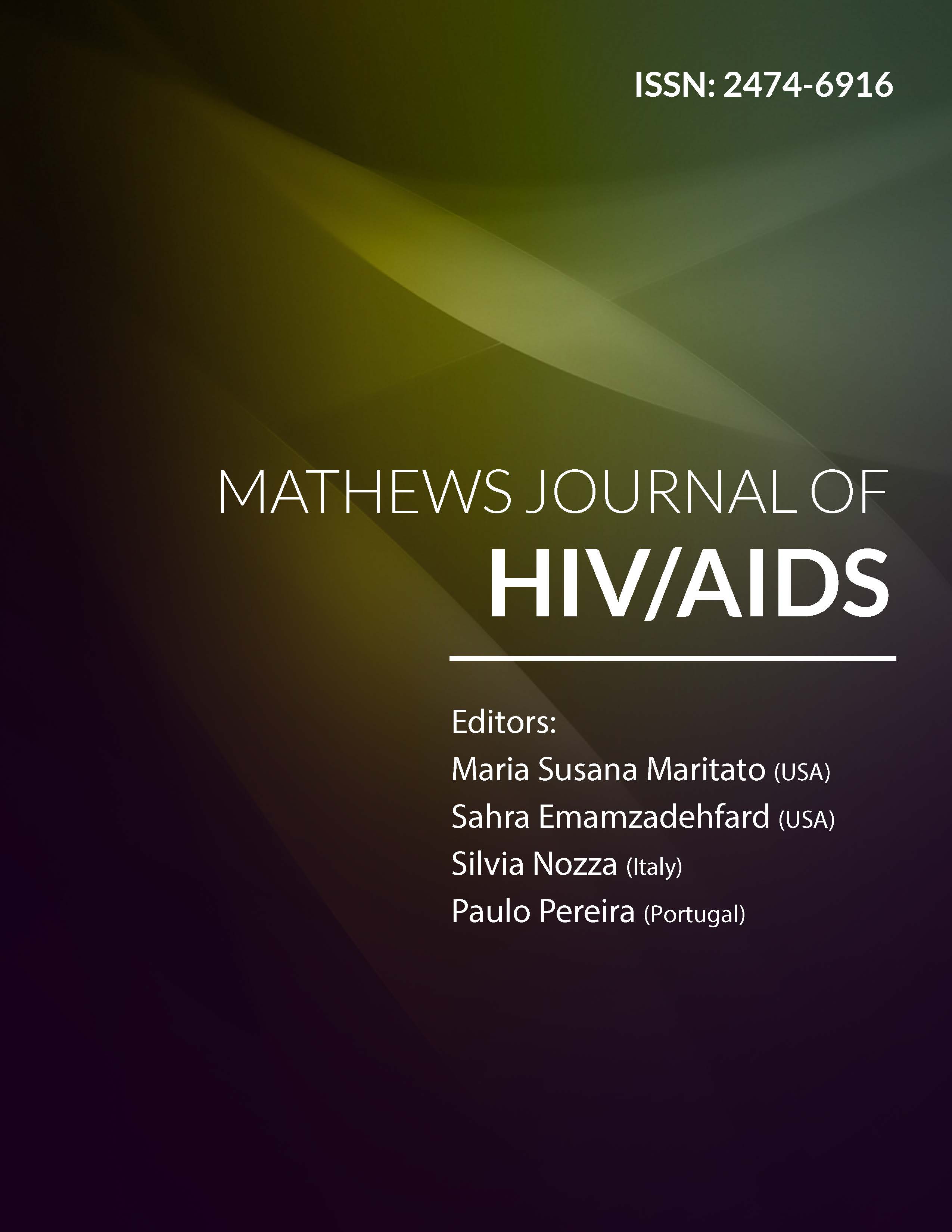
Information Links
Previous Issues Volume 5, Issue 1 - 2021
Secondary Bronchiectasis due to HIV Infection in Children
S.Tshimanga1*, A. Fouad1, K. Fakiri1, N. Rada1, G. Draiss1, N. Soraa2, B. Admou3, M. Bouskraoui1
1Pediatrics Department, Mohammed VI University Hospital, Marrakesh, Morocco
2Laboratory of bacteriology and virology, Mohammed VI Hospital, Marrakech, Morocco
3Immunology Department, Mohammed VI University Hospital, Marrakesh, Morocco
*Corresponding author: Stanislas Tshimanga, Pediatrics Department, Mohammed VI University Hospital, Marrakesh, Morocco, Tel/Fax: +212- 524-300-700; E-mail: [email protected]
Received Date: February 03, 2021
Published Date: April 03, 2021
Copyrights: S.Tshimanga, et al. © (2021).
Citation: ST shimanga, A Fouad, K Fakiri, N Rada, G Draiss, N Soraa, et al. (2021). Secondary Bronchiectasis due to HIV Infection in Children. Mathews J HIV AIDS.5(1):21.
ABSTRACT
Introduction: Bronchiectasis is defined as a permanent and irreversible dilatation of the bronchial airways. Its association with HIV infection in the pediatric population is not widely reported in the literature. The objective was to analyze the epidemiological, clinical, etiological, therapeutic and evolutionary profile of secondary bronchiectasis due to HIV infection children. We retrospectively studied 6 cases of secondary bronchiectasis due to HIV infection children collected at the pediatric ward B of the Mohammed VI University Hospital in Marrakech over a period of 7 years from January 2012 to December 2018. There was no difference between the two sexes, an average age of 61.3 months. All 6 cases had recurrent pneumonia preceding the diagnosis of bronchiectasis; in the 5 cases with CD4 T cell counts 4 had a count less than 100 cells/mm3. The entire chest CT scan enabled us to make the diagnosis of bronchiectasis in all the patients. The management of all our patients consisted of a good hydration, a postural drainage physiotherapy, an appropriate antibiotherapy based on the germ in question, and finally an antiretroviral therapy. The clinico-virological outcome was satisfactory for all the cases, all cases had an undetectable viral load between 6-12 months of specific treatment, an improved CD4 T cell count, and no exacerbation of bronchial dilation within one year of initiation of antiretroviral therapy.
Conclusion: The association of bronchiectasis and HIV infection in children should be specially mentioned in the etiological investigation, an adequate and early management allows to improve the quality of life and the vital prognostic.
KEYWORDS: Bronchiectasis; HIV; Infection